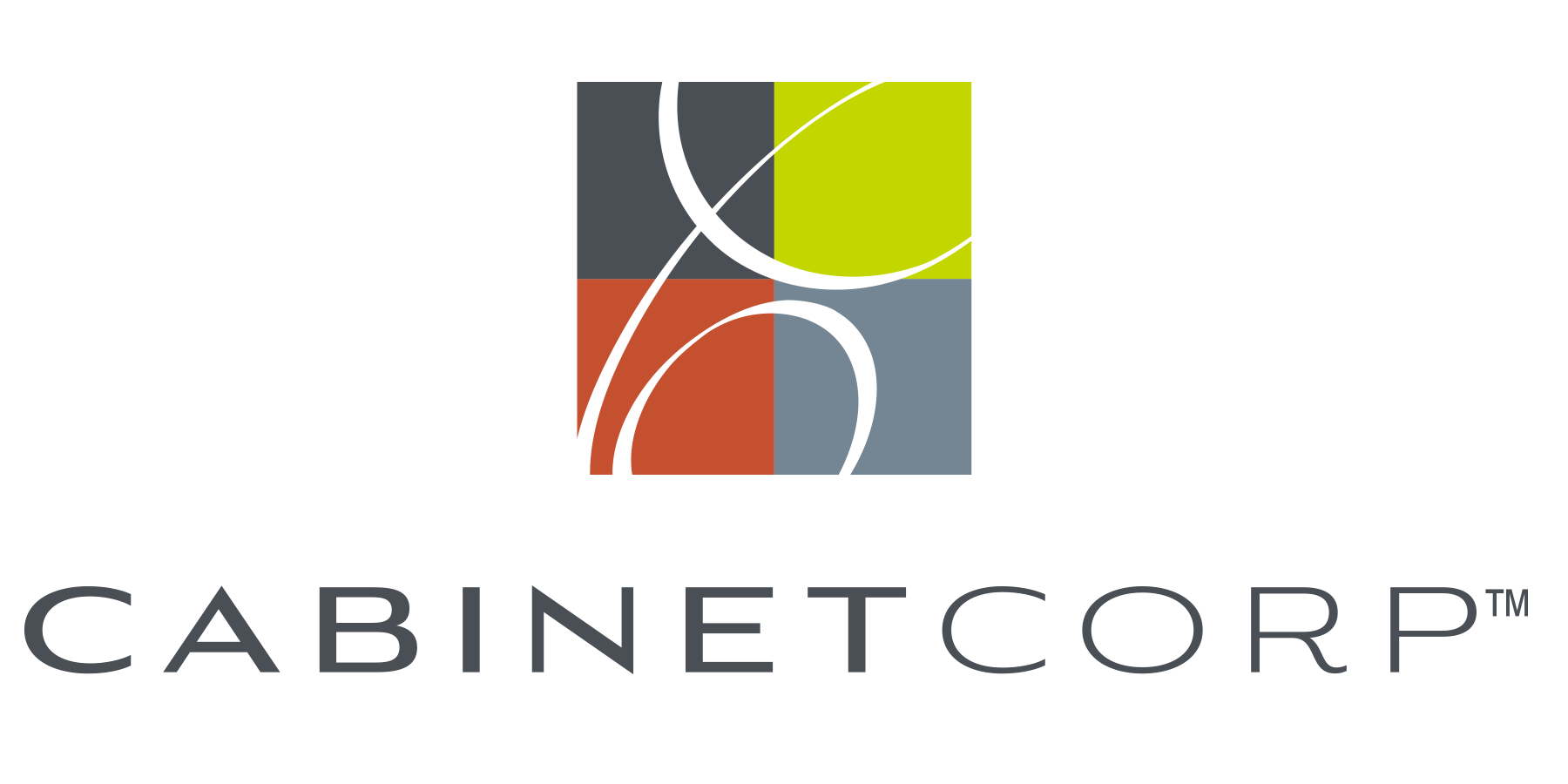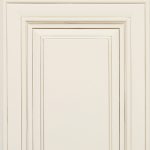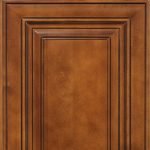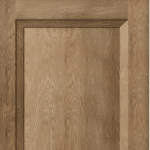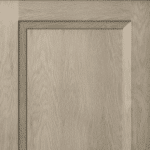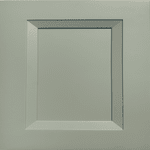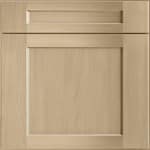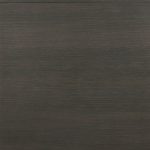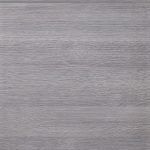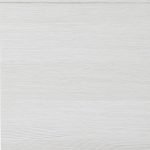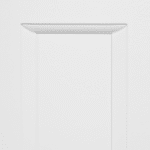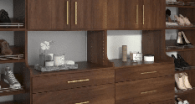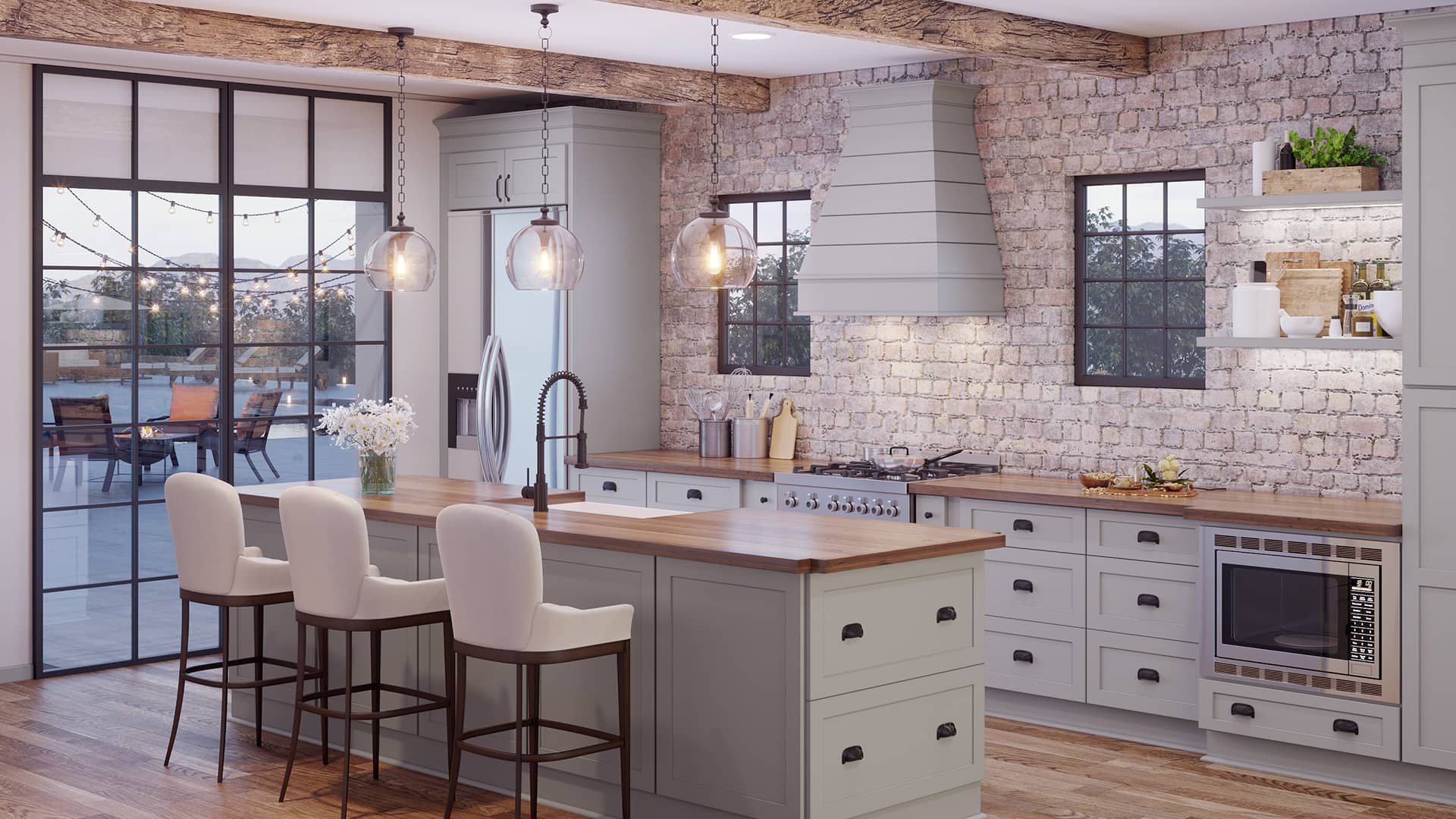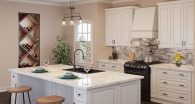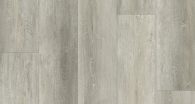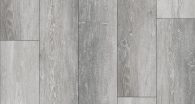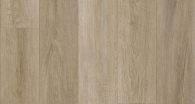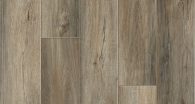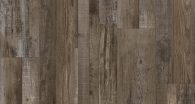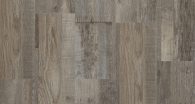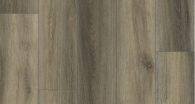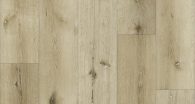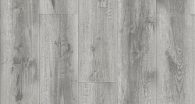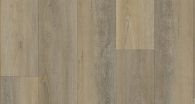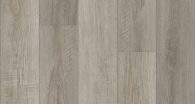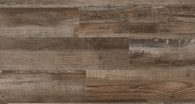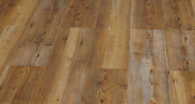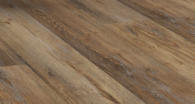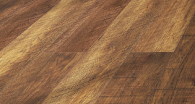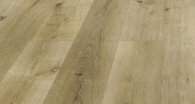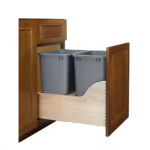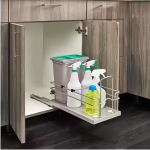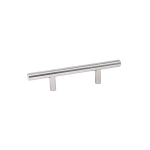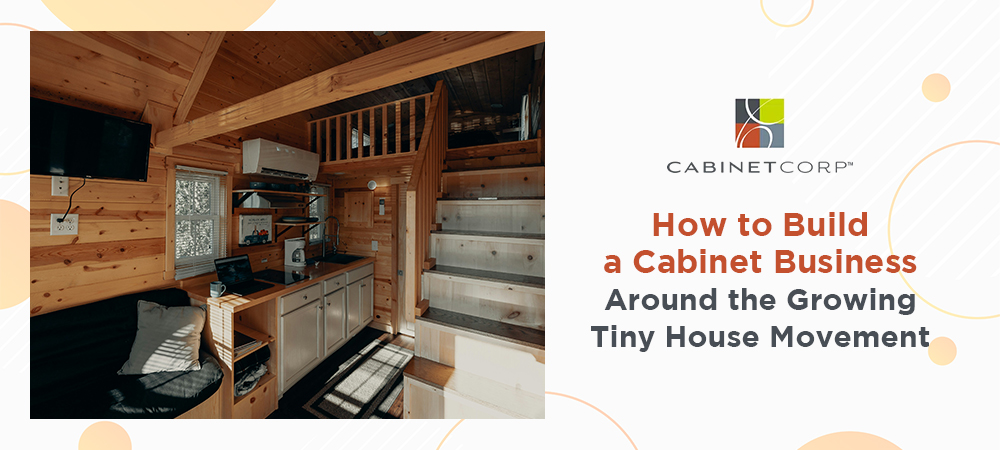The tiny house movement, a burgeoning trend among homeowners seeking to simplify, reduce their environmental footprint, and embrace minimalism, presents a significant growth opportunity. Approximately 10,000 tiny homes were built in the U.S. in 2024, with projections indicating that the number could increase to 15,000 homes by 2025. As the demand for small homes continues to rise, so does the need for innovative, space-saving cabinetry solutions. By tapping into this niche, your cabinet business can thrive.
Understand the Needs of the Tiny House Market
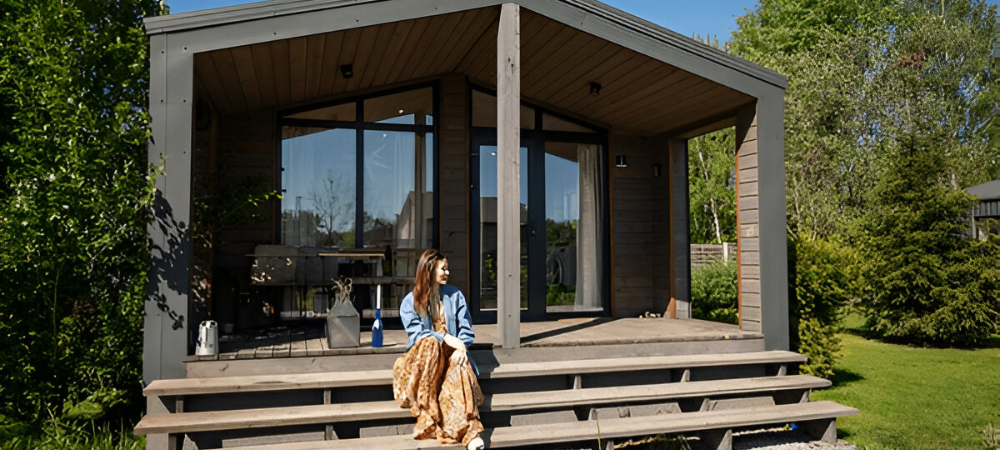
At its core, the tiny house movement is all about maximizing space without sacrificing functionality or style. These homeowners prioritize efficiency and want cabinetry that maximizes every available inch of space. Understanding the needs of tiny homeowners will help your business create products that appeal to this audience. Key requirements to consider include:
- Custom Storage
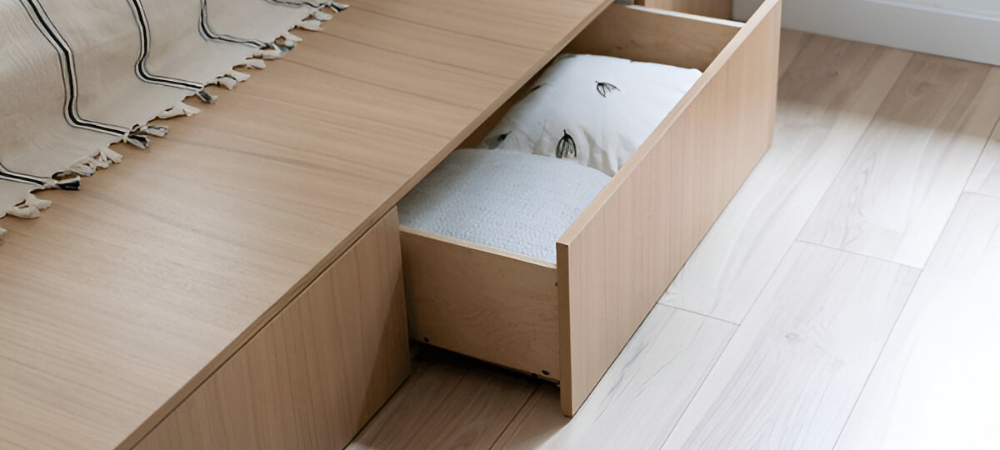
Tiny homeowners often face unique challenges. With limited space, they need custom cabinetry for odd layouts. Offering cabinets for areas like under stairs, in alcoves, or around corners can meet these needs.
- Multi-Functionality
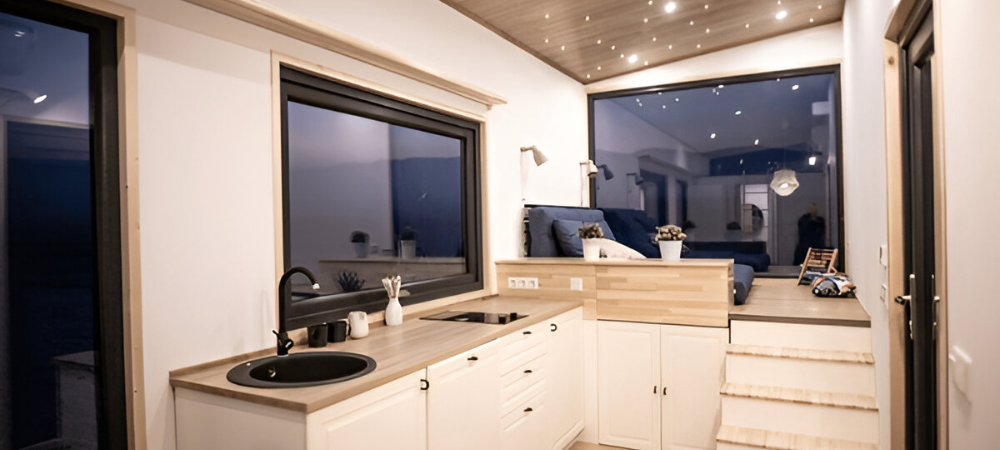
One of the defining features of tiny homes is the emphasis on multi-purpose furniture. This means offering multifunctional units, like storage benches, pull-out dining tables, or hidden compartments for extra storage. 80% of tiny house buyers are actively seeking multifunctional furniture and cabinetry, with 62% of tiny home builders incorporating modular or pull-out features into their designs. By developing products that serve multiple purposes, you can provide solutions that simplify living in small spaces.
- Compact Designs
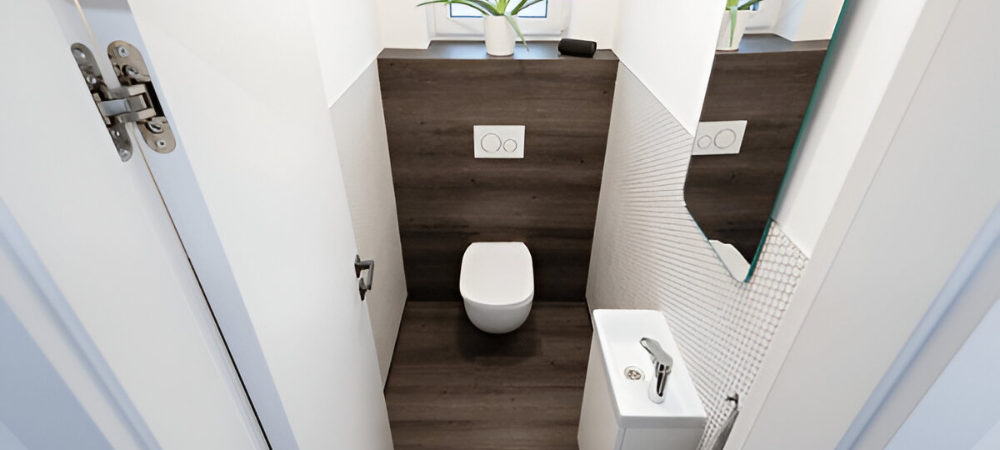
Tiny home buyers prefer cabinetry that doesn’t overwhelm their limited space. Slim, minimalist designs are ideal, as they don’t occupy much visual space while still providing storage. Offering a variety of size options and design flexibility can help you cater to different preferences.
- Sustainability
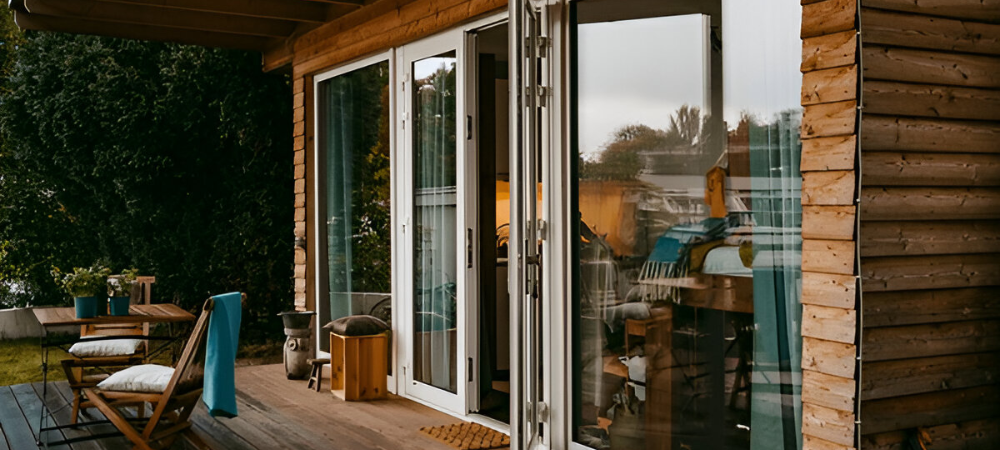
Sustainability is a core value within the tiny house movement. Tiny home buyers tend to prioritize eco-friendly living, and cabinetry plays a key role in that. 75% of tiny homeowners prioritize sustainability, opting for eco-friendly materials like reclaimed wood, bamboo, and FSC-certified wood in their homes. Using renewable or recycled materials and focusing on environmentally conscious manufacturing processes can give your business a competitive edge in this market.
- Develop Specialized Cabinet Designs
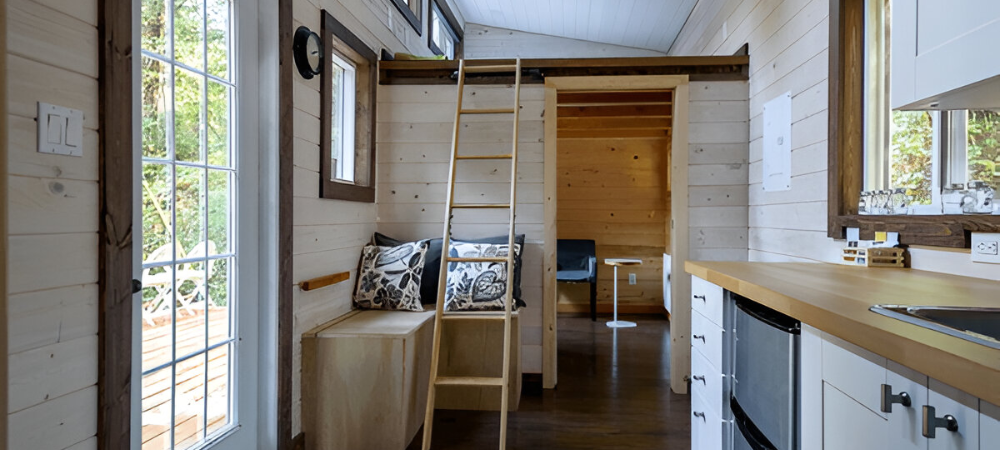
To truly appeal to the tiny house market, your business should offer cabinet designs specifically suited for small spaces. Here are some specialized features that can set your products apart:
- Modular Cabinets – Modular cabinets allow for flexibility and customization, which are essential for small spaces. You can rearrange or expand these units to fit various layouts. This offers tiny homeowners the ability to adapt their cabinets as their needs evolve. Modular designs are easy to install and remove, which also makes them appealing to renters.
- Foldable or Pull-Out Features – In tiny homes, every inch counts. Offering foldable features that hide tables or extra counter space when not in use is a practical solution. These features save space when not in use, making them perfect for tiny house designs.
- Vertical Storage Solutions – In a small home, it’s essential to maximize vertical space. Cabinets that extend from floor to ceiling can help homeowners make the most of the available height. Consider offering tall cabinets with adjustable shelves, hooks, or sliding drawers that utilize the vertical space effectively.
- Hidden Compartments – Tiny homeowners value clever storage solutions. Hidden compartments in stairs, seating, or cabinets offer extra storage without using visible space. These solutions offer a sense of order and organization. This is critical in the small living spaces of tiny homes.
- Lightweight Materials – Tiny houses often have strict weight limitations, particularly if they are mobile. Lightweight materials like bamboo keep homes from becoming too heavy, making them ideal for tiny home builders. A portfolio with these features can attract builders and homeowners looking for space-saving solutions.
- Partner with Tiny Home Builders

Collaborating with builders and manufacturers is one of the most effective ways to grow your business. These partnerships can help you reach a larger audience and build your reputation within the tiny home market. Here are some strategies to consider:
- Offering Wholesale Pricing – To attract bulk orders from builders, offer competitive pricing for large purchases. Offering competitive wholesale rates can attract tiny home builders who manage multiple projects.
- Showcasing Your Expertise – Builders often look for partners who understand their unique needs. Showcasing your expertise in space-saving, multifunctional cabinetry can position you as a leader in the tiny home industry. Offering examples of previous projects or case studies can help demonstrate your experience.
- Co-Branding Opportunities – Work with tiny home builders to co-brand projects that feature your cabinets. These collaborations can help promote your products to a broader audience while showcasing your commitment to quality and innovation. Co-branded marketing materials, such as brochures or social media posts, can benefit both your business and your partners.
- Exclusive Lines – Consider developing a product line specifically designed for tiny homes. Offering exclusive cabinet collections for tiny homes can make you the go-to supplier for these projects. This will separate your business from competitors and help solidify your position in this niche market.
- Market Your Cabinet Solutions Effectively
Once you’ve tailored your products for the tiny house movement, it’s time to market them effectively. Here are some strategies to get your products in front of the right audience:
- Content Marketing – Create blog posts, videos, and social media content focused on space-saving cabinetry ideas for tiny homes. Share tips, tricks, and customer success stories to demonstrate your expertise and build your brand. Position your business as a thought leader in the tiny house market.
- Attend Industry Events – Tiny home expos and builder conventions are great places to connect with potential clients and partners. By exhibiting at these events, you can showcase your cabinetry solutions and network with industry professionals.
- Engage on Social Media – Social media platforms like Instagram and Pinterest are ideal for showcasing visually appealing cabinet designs. Share high-quality images of your work and engage with tiny house communities to build a following.
- Offer Design Services
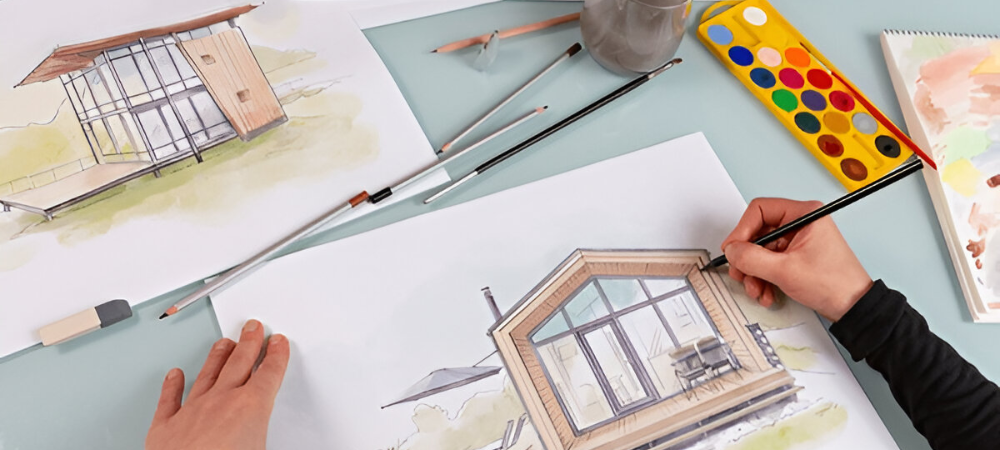
Tiny home buyers often have specific needs that require customized solutions. Offering design services can help you stand out from the competition and simplify the buying process for clients. Here’s how:
- Simplify the Buying Process – Providing design services allows clients to visualize how your cabinets will fit into their spaces. Offering 3D renderings or virtual consultations can help potential customers make more informed decisions.
- Increase Sales – Design services can also lead to additional sales opportunities. By offering add-ons like installation or custom accessories, you can increase the overall value of each project.
- Strengthen Partnerships – Builders and dealers appreciate value-added services that simplify their projects. By offering design consultations or assistance with layout planning, you can strengthen your relationships with partners.
Become Part of the CabinetCorp Dealer Network
Our Pro Dealer Program offers exclusive pricing, premium products, and dedicated support to help you succeed. Deliver custom designs to your clients with access to free kitchen design services. With our vast inventory, you’ll always have the products you need, when you need them.
Final Thoughts
The tiny house movement offers exciting opportunities for cabinet businesses willing to cater to its unique needs. From specialized designs and sustainability practices to strategic partnerships and effective marketing, the growth potential is immense. Start developing your tiny house cabinetry strategy now to position your business as a leader in this growing market.
We’d love to hear your experiences or answer any questions as you explore this niche market.


